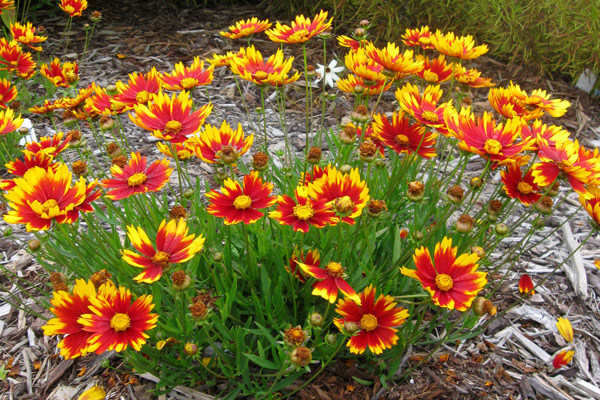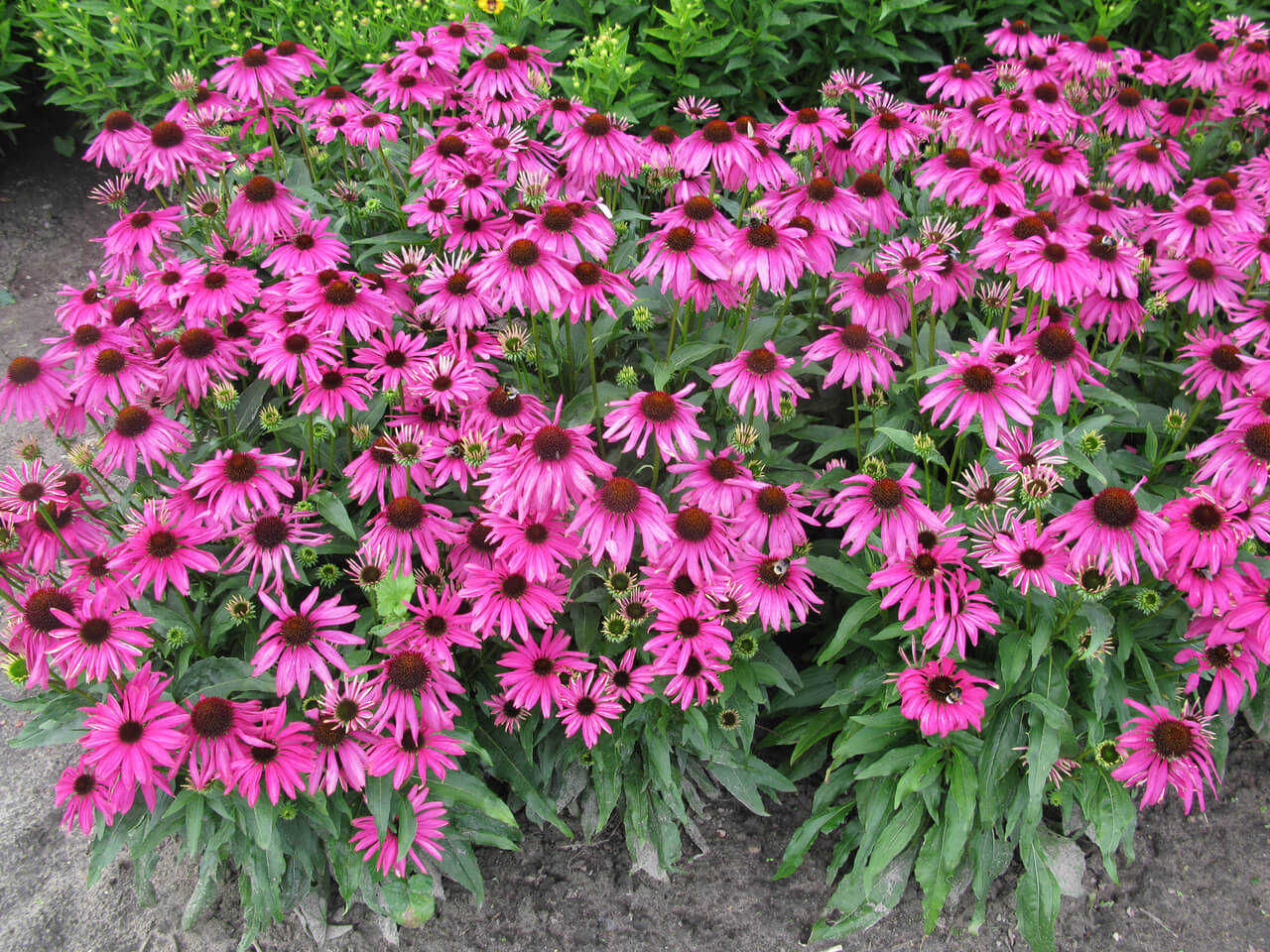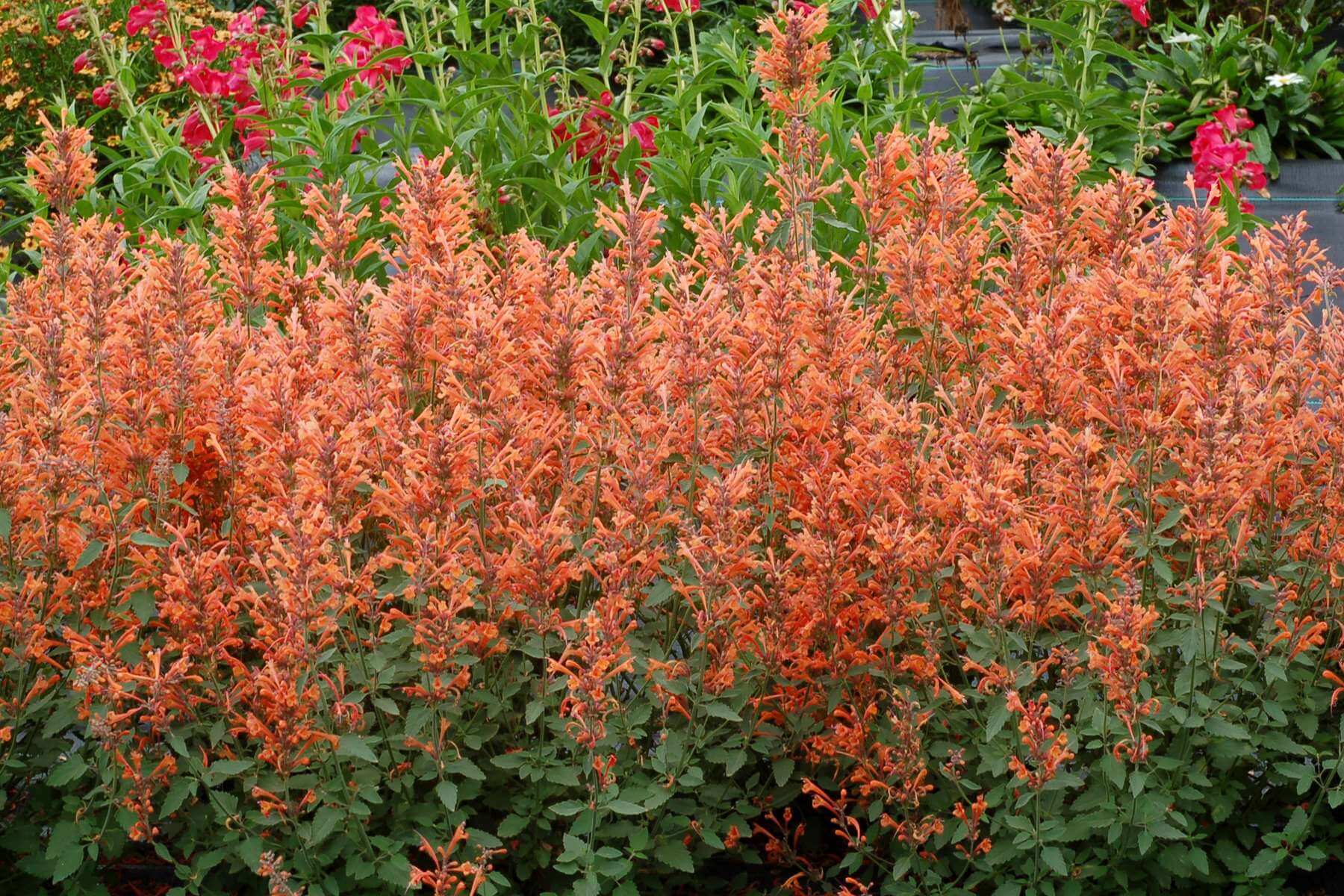
I do not believe I have ever met a gardener that isn’t always looking for something new to plant in the garden. I am certainly no exception. Each year is like a ‘hunt’ to search and find new plants for my garden. Here in the Pacific Northwest, we’ve had some record low temperatures in December, with some areas dipping down to single digits. Needless to say, many plants have suffered and those that are marginally winter hardy may not have survived. On the optimistic side, it creates an opportunity to plant something new!
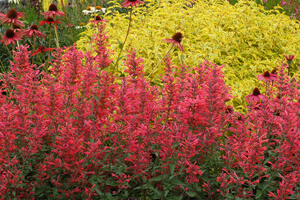
There are several introductions from Terra Nova Nurseries that are of particular interest to me. Terra Nova has introduced a new series of Agastache called the Kudos Series. The original plants were discovered when the Terra Nova Director of Plant Development went hiking in the high desert of eastern Oregon and found an Agastache that was surviving in this harsh environment. The plant was growing in a compact mound, and one of the goals of breeding Agastache is to develop plants that do not flop over. After several generations of breeding, some were developed with spectacular flowers in a vivid range of colors on compact plants. They also proved to be mildew resistant. Two such plants in this series caught my eye: the flaming orange-flowered Agastache ‘Kudos Mandarin’ and deep coral-pink-flowered Agastache ‘Kudos Coral’.
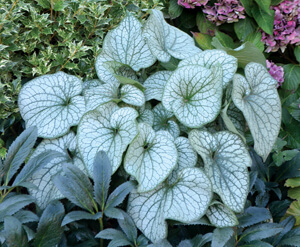
Another new introduction from Terra Nova Nurseries is Brunnera macrophylla ‘Alexander’s Great’. The leaves on this Brunnera are HUGE, the size of bushel buckets, and they have silver netting that shimmers in the shade. Brunnera variants are superb plants for ornamental foliage. They provide color in the shade and make excellent container plants. Both the Agastache and the Brunnera will be available at local garden centers this spring.
A plant that had very limited distribution last spring should be widely available this year. It is Digiplexis ‘Illumination Flame’, a result of a cross between foxglove (Digitalis) and a Canary Island relative called Isoplexis (hence the name Digiplexis). The outstanding attribute of this plant is the flowers,which are rose-colored with orange throats and appear on sturdy spikes that are about three feet tall. It is a relatively compact grower, when compared to its parents, and ideal for group plantings in flower beds. I talked with a gardener who was able to get a plant last year, and she said it started blooming in July and did not stop until cold weather. She also reported its rosy orange color was very striking and not often seen in the garden. Digiplexis needs excellent drainage and the
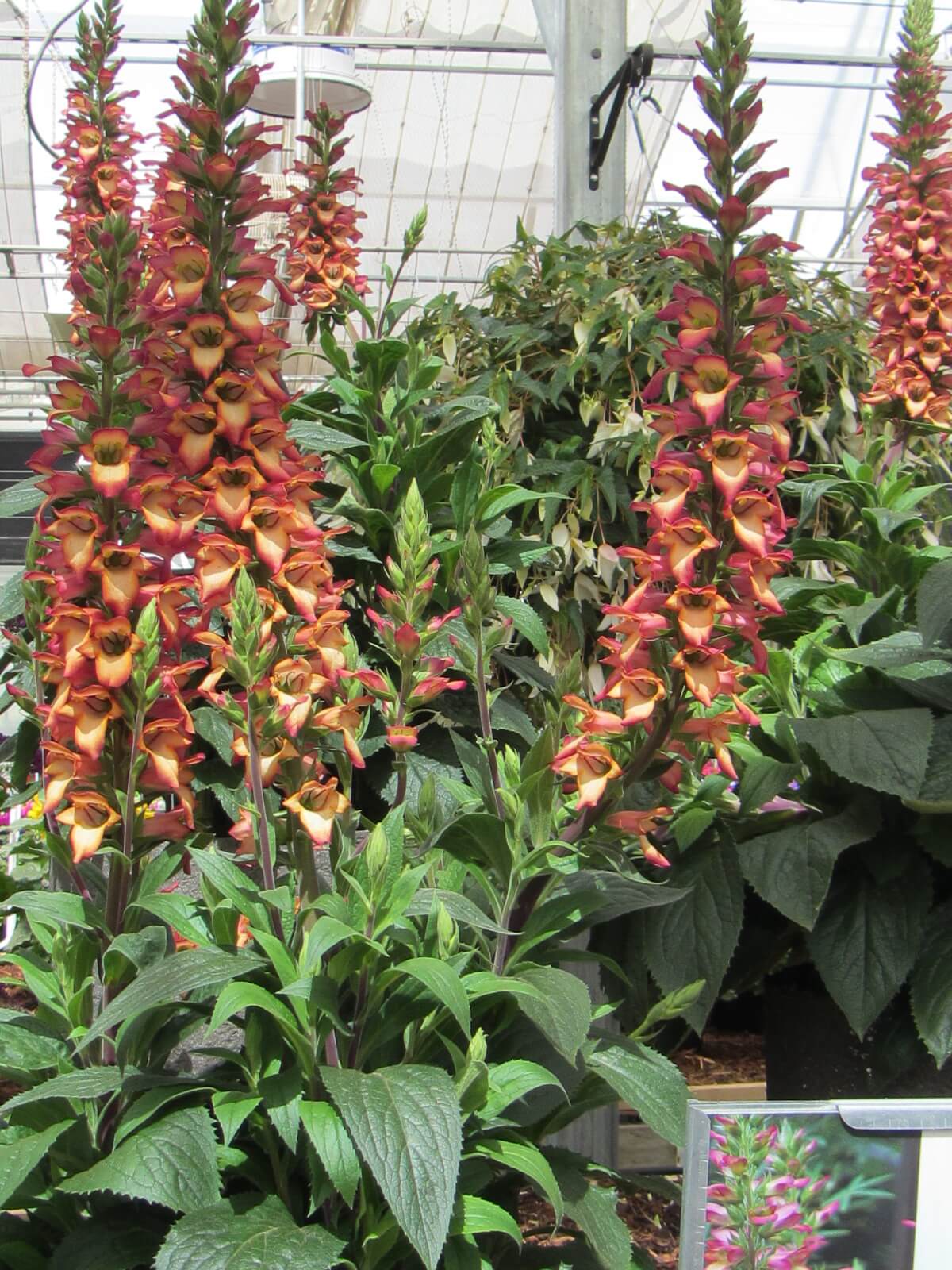
addition of Black Gold Perlite or Black Gold Pumice as a garden soils amendment would be of benefit at the time of planting. Many accolades have followed ‘Illumination Flame’: it won the Best New Plant Award at the 2012 Royal Horticulture Society’s Chelsea Flower Show in the UK and the People’s Choice Award at the New Varieties Showcase at the 2013 Farwest Trade Show in Portland, Oregon
Two more exceptional sun-loving perennials for the garden are the diminutive, ever-blooming Coreopsis Li’l Bang™ Daybreak and Echinacea ‘Purple Emperor’. Both are compact but heavy blooming, so gardeners with little garden space might consider them. Bred by the famed plant breeder of Sunny Border Nurseries, Darrell Probst, Li’l Bang Daybreak Tickseed offers many deepest red flowers with golden edges on tidy plants that flower through summer. Lots of beautiful new coneflowers are offered each year, but the newest in the Butterfly Series, ‘Purple Emperor’, is a notable dwarf cultivar that only reaches 16 inches tall and becomes covered with masses of magenta-purple blooms over deepest green foliage. It was created by Arie Blom, the celebrated Dutch plant breeder of Plants Nouveau.
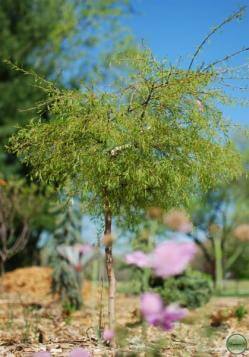
Rare garden plants might also be considered ‘new’ in most people’s gardens. In my own garden, I have had the unusual Betula pendula ‘Trost’s Dwarf’ for many years, which looks like a dwarf, laceleaf Japanese Maple. I have it in a large container filled with Black Gold Natural & Organic Potting Soil. Even though it is a plant that has long been available, it is not often seen in gardens. Perhaps it is because it’s a birch disguised as a laceleaf Japanese Maple (many visitors to my garden think that is what it is). I have had my plant in a container for many years, it gets full sun and never burns, and it has never had any insect or disease problems. What is new to me is that last fall, I saw some plants for sale that were trained as a standard, (small tree). I had never seen them growing this way and even for a small garden, this would be an outstanding small tree either planted in the ground or in a patio container.
Spring will be here before we know it, and I am already getting ready to add some new plants to my garden. The above mentioned plants are surely a start, but I think they are only the beginning. All will perform better if given a little Starter & Transplant Fertilizer upon planting. Check out your local garden center and see what’s new.
